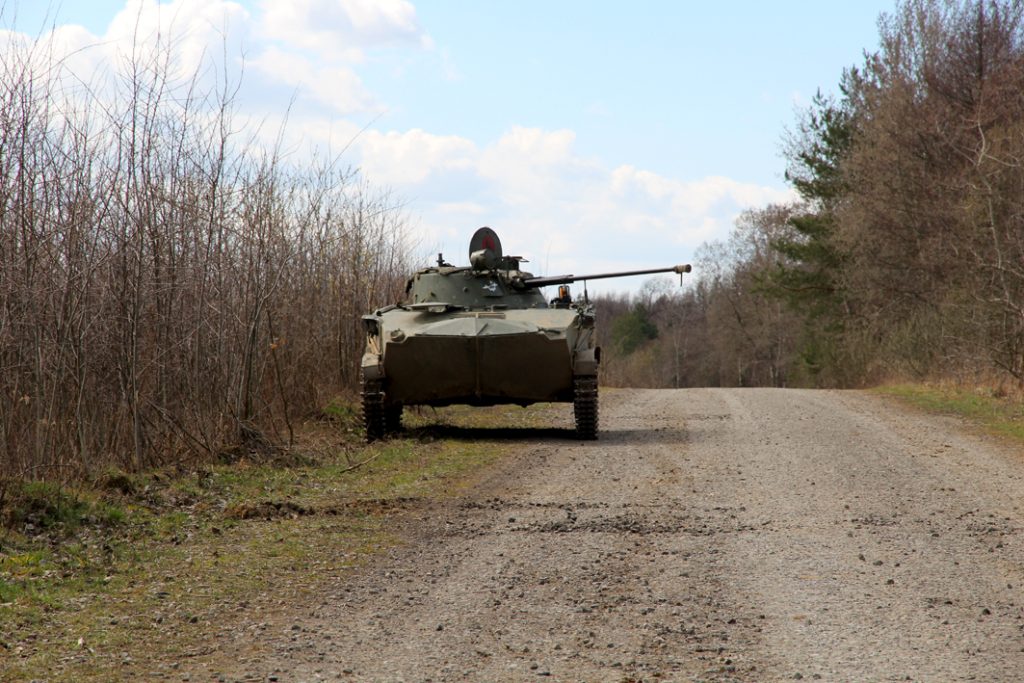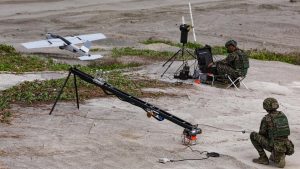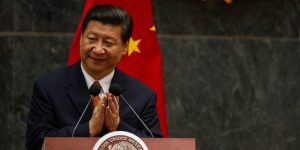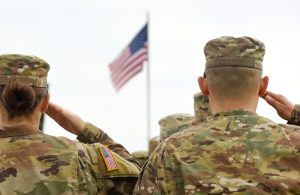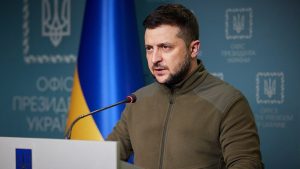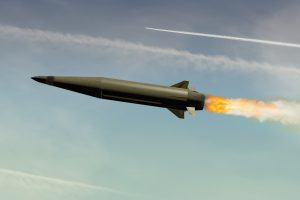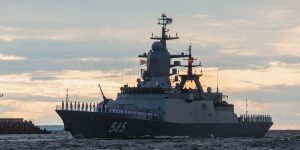Ukrainian forces report significant Russian losses and capture of prisoners in their ongoing military campaign in Russia’s Kursk region.
Others are reading now
Since Ukraine’s cross-border operation in Russia’s Kursk region began six months ago, the conflict has intensified with continued offensives and counterattacks.
Military analysts view the campaign as part of Kyiv’s strategy to force Russia into diverting resources away from the eastern Ukrainian front.
Ukrainian authorities announced that nearly 40,000 Russian soldiers have been lost in Kursk, with over 16,000 killed, according to HotNews.
Kyiv has also captured 909 Russian soldiers, bolstering its position for future prisoner exchanges. The Ukrainian General Staff described the Kursk offensive as a successful example of “asymmetric and surprise tactics” aimed at weakening the superior Russian forces.
Also read
Ukraine Launches Counteroffensive
On Thursday, Ukraine launched a new counteroffensive near the villages of Cerkasskaia Konopelka and Ulanok in Kursk.
Russia’s Ministry of Defense reported repelling multiple Ukrainian assaults, claiming that the area remains under Russian control.
The ministry also alleged that Ukraine lost six tanks, three armored personnel carriers, and several other combat vehicles.
However, independent Russian military bloggers contradicted the official account, suggesting Ukrainian forces may have seized Cerkasskaia Konopelka.
The Ukrainian military has not confirmed the details of the counteroffensive, though sources cited by Ukrainian media acknowledged ongoing battles in the region.
North Korean Troops Withdraw Amid Heavy Losses
Ukraine’s General Staff also reported that Russia deployed approximately 12,000 North Korean soldiers to the Kursk front, with around 4,000 killed.
One North Korean brigade was reportedly “effectively destroyed,” forcing the withdrawal of Pyongyang’s forces from combat.
Ukrainian intelligence officials are currently investigating the reduced presence of North Korean troops in the area.
As the battle for Kursk continues, analysts suggest that Ukraine’s incursion has compelled Russia to allocate significant military resources to the region, potentially altering the broader strategic dynamics of the war.

